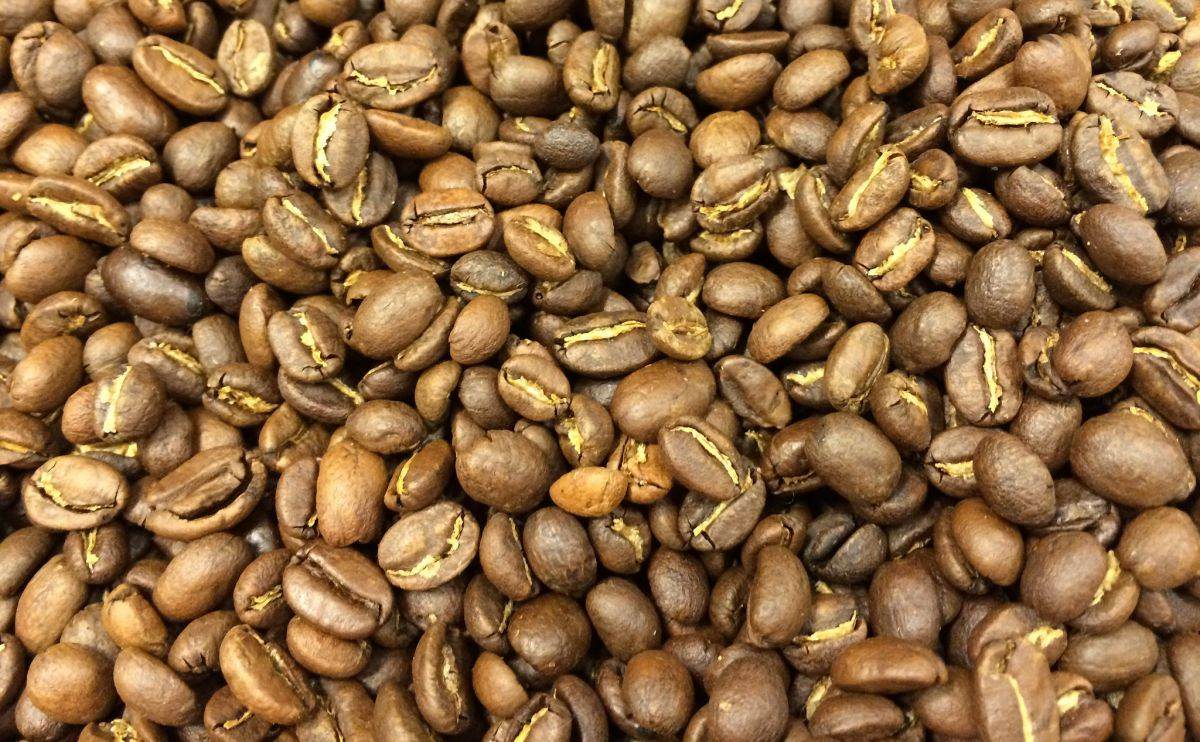At least, according to scientists who have come up with a way to test it.

A new study from a team at the Second University of Naples, in Naples, Italy (the name of this university is not, presumably, a reference to its quality) brings to light something you might not have heard of: counterfeit coffee. We’ve heard before of fillers that theoretically could be used in coffee, alarmingly including even non-foods like twigs, though that last story turned out to be pretty misleading.
This new one sounds a bit more likely: It’s not assuming that non-coffee is used in coffee, but rather that the precise type of coffee bean in a given blend or cup might not be totally accurate. After all, you might think you can tell an Ethiopian cup from a Costa Rican cup, but can you, really?
The researchers in this study can’t drill down quite to that level, but are instead looking at the differences between the two major varieties of coffee, robusta and arabica. The former, grown primarily in Vietnam but also in Africa, is snubbed by some coffee aficionados, who believe it has a much higher acidity and bitterness than the more prized arabica bean. But robusta is also significantly cheaper to produce, meaning it has sustained a place in the market in cheap coffees: instant coffee, pre-ground mass-market coffee, that kind of thing. Your gas station coffee probably has some robusta in it.
The researchers figured out that the two different types behave differently when fed through, as the Washington Post reports, a high-performance liquid chromatography device: One particular chemical shows a whopping 20 times more prevalence in robusta than in arabica. A variable that distinct can allow the researchers to tell, with quite a bit of certainty, exactly what the makeup of robusta versus arabica is in a given blend.
Any coffee company that’s claiming a certain percentage – many coffees advertise, say, 60 percent arabica – should double-check to make sure their wares live up to those claims. But it’s important to note that, as with the twigs study, there isn’t actually evidence of any wrongdoing going on here. We merely have the ability, now, to make sure of that.
And in the future, this work could lead to even more precise analysis and identification of coffees. Who knows? Someday soon you may be able to truly test how accurate your coffee palate is.